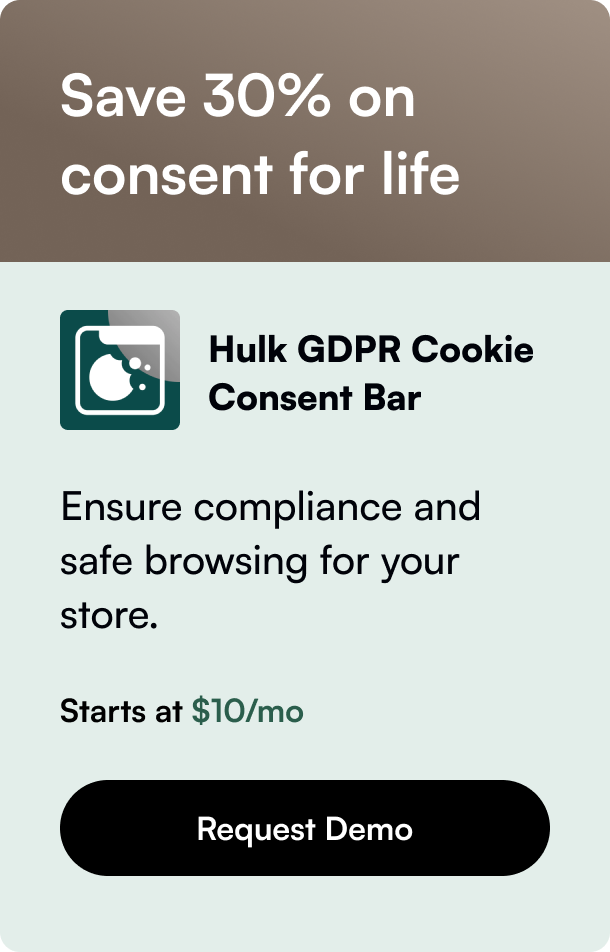Table of Contents
- Introduction
- Why Integrate Instagram with Shopify?
- How to Add Your Instagram to Shopify: Step-by-Step Guide
- Enhancing Your Shopify-Instagram Strategy
- Conclusion
- FAQs about Shopify Instagram Integration
In a world where social media and e-commerce are increasingly blending into one seamless shopping experience, leveraging platforms like Instagram offers a golden opportunity for businesses using Shopify. Instagram, with its visually rich and engaging platform, has become an indispensable tool for brands looking to extend their reach, connect with their audience, and boost sales. This article dives deep into how to add your Instagram to Shopify, providing a step-by-step guide, strategic insights, and tips to make the most out of this powerful integration.
Introduction
Imagine scrolling through Instagram and stumbling upon a stunning product image from a brand you follow. With just a few clicks, you're on their Shopify site, ready to make a purchase. This seamless transition from social scrolling to shopping is not just convenient for customers; it's a strategic advantage for businesses. With over 1 billion monthly active users on Instagram, the platform is more than just a space for sharing photos—it's a vibrant marketplace ripe with potential for Shopify store owners.
This blog post will outline why integrating Instagram with your Shopify store is essential, provide a detailed guide on how to link the two platforms, and offer strategies to optimize this integration for sales and engagement. By the end, you'll have all the tools necessary to turn your Instagram followers into loyal Shopify customers.
Why Integrate Instagram with Shopify?
Before diving into the "how," it's crucial to understand the "why." Instagram's visually driven platform is perfectly aligned with the ethos of selling—show, don't tell. By integrating Instagram with Shopify, businesses can:
- Boost Discoverability: Use Instagram’s vast user base to reach potential customers who might not find you through other channels.
- Enhance Shopping Experience: Provide a seamless shopping experience by enabling customers to shop directly from Instagram posts and stories.
- Strengthen Brand Identity: Use the visual nature of Instagram to build a strong brand aesthetic that resonates with your audience.
- Engage with Your Community: Instagram offers various tools for engagement, like polls, questions, and direct messages, helping you build a community around your brand.
How to Add Your Instagram to Shopify: Step-by-Step Guide
Step 1: Ensure Eligibility and Compliance
Before integrating, ensure your business and products comply with Instagram's Commerce Eligibility Requirements. You must also have a Shopify store and an Instagram Business account set up.
Step 2: Connect Your Accounts
- Connect Instagram to Facebook: Since Instagram and Facebook are intertwined, you’ll first need to link your Instagram business account to your Facebook page.
- Add Facebook Channel to Shopify: Navigate to the Shopify admin panel, click ‘+’ beside the Sales Channel, and add Facebook.
- Complete Account Connection: Follow Shopify’s prompts to connect your Facebook (and thus Instagram) to Shopify, agreeing to Facebook’s terms of service in the process.
Step 3: Activate Instagram Shopping
With your accounts linked, next:
- Set Up Instagram Shopping: In the Facebook channel setup in Shopify, activate Instagram Shopping by following the setup guide.
- Review and Approval: After submitting for review, Instagram will verify your account for Shopping, usually within a few days.
Step 4: Curate and Tag Products
Once approved:
- Curate Your Feed: Ensure your Instagram feed is professionally styled, reflecting your brand and showcasing your products in real-life settings.
- Tag Products: In your Instagram posts and stories, start tagging your products. Users tapping these tags will be directed to your Shopify store for purchase.
Enhancing Your Shopify-Instagram Strategy
Integrating Instagram with Shopify is just the beginning. Maximize this combination by:
- Leveraging User-Generated Content: Showcase customer photos to build trust and encourage community engagement.
- Utilizing Instagram Stories and Highlights: Share behind-the-scenes content, customer reviews, and exclusive deals to keep your followers engaged.
- Analyzing Performance Data: Use Instagram and Shopify analytics to understand what content drives sales and adjust your strategy accordingly.
- Investing in Instagram Ads: Amplify your reach with targeted ads, leading viewers directly to your Shopify store.
Conclusion
By adding Instagram to your Shopify strategy, you unlock a vast potential to boost your brand’s visibility, engage with your audience more personally, and drive sales. This integration offers a dynamic way to blend storytelling with selling, making every scroll an opportunity to convert followers into customers.
With the steps and strategies outlined in this guide, you're now equipped to elevate your e-commerce game. Remember, success on this journey is not just about making sales but building meaningful connections with your community along the way.
FAQs about Shopify Instagram Integration
Q: How long does it take for Instagram to approve my account for Shopping?
A: Approval times can vary, but most accounts are reviewed and approved within a few days.
Q: Can I tag products in Instagram stories?
A: Yes, once you have Instagram Shopping set up, you can tag products in both posts and stories.
Q: What should I do if my account isn't approved for Instagram Shopping?
A: Review Instagram's Commerce Eligibility Requirements and ensure your account complies. Make necessary adjustments and request a review again.
Q: Is it possible to track sales coming from Instagram in Shopify?
A: Yes, Shopify’s analytics include data on traffic and sales originating from Instagram, helping you gauge the ROI of your efforts.
Q: Can I use Instagram to sell products without a Shopify store?
A: While you can use Instagram Shopping features without Shopify, integrating with Shopify streamlines the shopping experience, offering more robust e-commerce functionalities.








